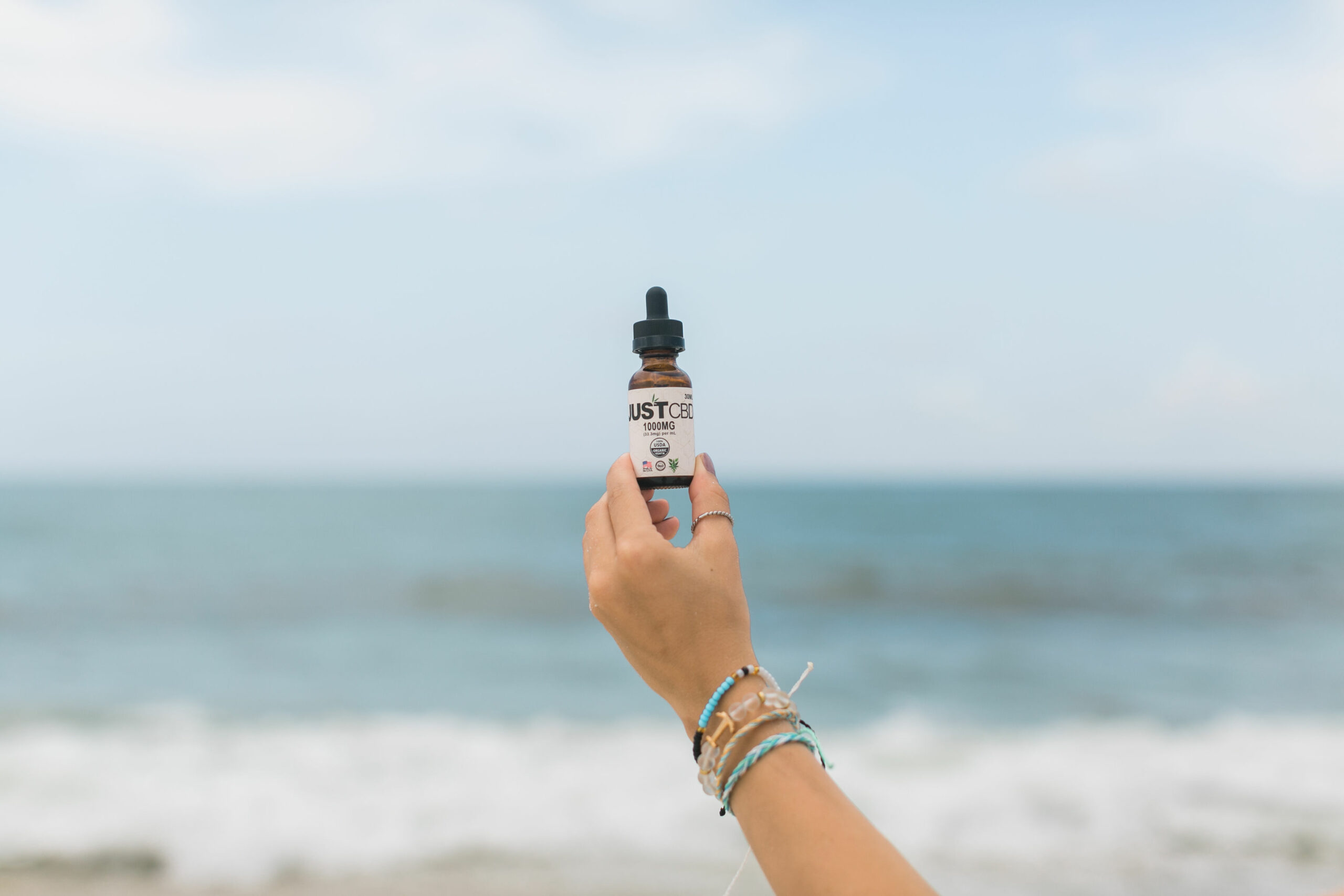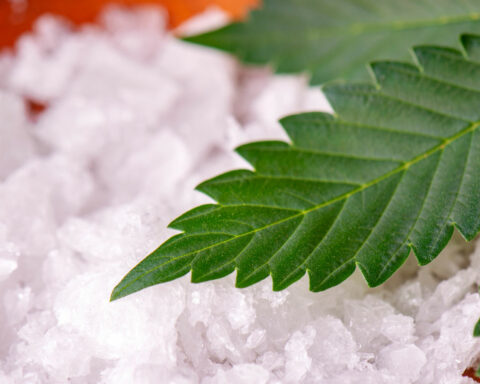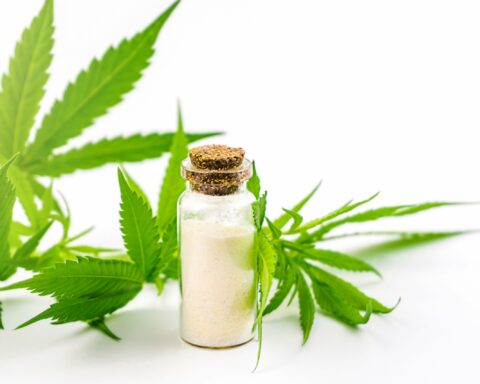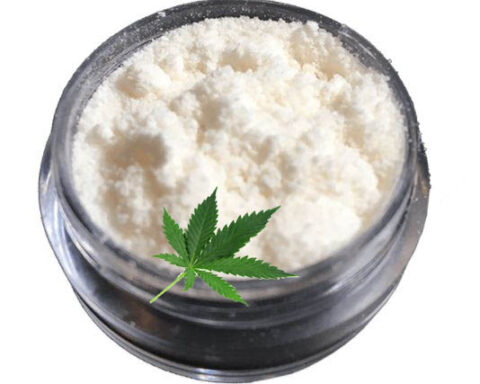The cannabis plants contain two dominant chemical elements; cannabidiol (CBD) and tetrahydrocannabinol (THC). Other elements include terpenes and flavonoids. CBD is widely associated with various wellness benefits, such as reducing stress, anxiety, and depression. Contrastingly, THC has an intoxicating effect, such as getting someone “high.” THC’s other side effects include dry lips, severe headaches, and memory loss. There are three types of CBD; full-spectrum, broad-spectrum, and isolate CBD. The three types are differentiated using the available elements of the cannabis plant in the products. The availability of THC in CBD products helps distinguish the three types of CBD.
Full Spectrum CBD
The full spectrum of CBD contains all the elements found in the cannabis plant, including terpenes, flavonoids, THC, and CBD. CBD products took a long time to be legalized in the USA due to the availability of THC chemical elements in the hemp plant. When they were legalized in 2018, strict regulations were given concerning THC levels. The Food and Drugs Administration (FDA) restricts THC levels to 0.3%, and anything beyond the levels is illegal.
THC
Tetrahydrocannabinol (THC) is the second dominant element found in the cannabis plant after CBD. It poses high risks, such as getting you “high,” dry lips, severe headache, increasing anxiety, and memory loss. Unlike other types of CBD (broad spectrum and isolate), full-spectrum has THC. However, it is regulated at 0.3% by the FDA to protect consumers. Although broad-spectrum CBD and isolate are considered to lack THC, this claim is not affirmed. THC is the second dominant element found the cannabis; thus, eliminating it fully might be difficult.
CBD
This is the most dominant element in cannabis plants. According to Moltke &Hindocha (2021), CBD is associated with various wellness benefits such as reducing stress, anxiety, and pain. Also, it has anti-inflammatory properties. However, its side effects include diarrhea, severe headache, and anxiety, which only occur when taken in excess. Since some CBD manufacturers misinform consumers on CBD concentration in their products, the FDA recommends at most a 10% variance. Therefore, all customers are recommended to assess the lab results by scanning QR codes provided on the labels to avoid taking the wrong concentration of CBD.
Terpenes
Terpenes are also among the elements found in full-spectrum CBD. de Santana Souza et al. (2014) associated terpenes with anti-inflammatory properties that make them significant to our health and wellness. Terpenes are responsible for the smell and taste of the smell found in cannabis. Full-spectrum CBD has about 150 terpenes, including linalool, pinene, humulene, limonene, and caryophyllene.
Flavonoid
The cannabis plant has 20 flavonoids which play a similar role as terpenes. Unlike other elements only found in cannabis, flavonoids are common in other plants, including vegetables, fruits, and vegetables. They improve the anti-inflammatory properties of cannabis. Some of the flavonoids in full-spectrum CBD include orientin, isovitexin, vitexin, and cannflavine (A, B, and C).
Full-Spectrum Vs. Broad Spectrum
Broad-spectrum CBD is closely related to the full spectrum. Like full-spectrum CBD, it has all the organic elements found in the cannabis plant. However, it lacks THC. Broad-spectrum CBD is highly recommended to people who wish to evade the side effects of THC. It comprises terpenes, flavonoids, and CBD. Therefore, consider using broad-spectrum CBD if you want to gain from other elements of cannabis and evade THC side effects.
Full-Spectrum CBD Vs. Isolate
Isolate is unique from full-spectrum and broad-spectrum CBD. It is the pure form of CBD. Manufacturers extract all other elements (THC, flavonoids, and terpenes) to remain with pure CBD infused into various products. Also, most manufacturers offer it in natural flavor to avoid contamination. However, it might be difficult to extract all terpenes and THC in the cannabis plant since they take significant proportions. Therefore, confirm the lab results to ensure your isolate CBD oil is void of THC or contains low levels. Isolate is recommended for those who wish to benefit from CBD only. Using isolate CBD will also help you evade the intoxicating effects of THC.
How To Choose Full Spectrum CBD
If you wish to buy full-spectrum CBD oil, consider the following significant factors;
The Lab Results
It is important to assess the lab results of your full-spectrum CBD oil as a safety precaution. Consider a brand offering QR codes on each product for individual product assessment. You can also buy your full-spectrum CBD oil from a brand that uses a certified independent lab. Such labs have minimum lab results errors due to their adequate facilities and personnel. While assessing the results, ensure THC levels are within 0.3% as recommended by the FDA to avoid the “high” effect or be on the wrong side of the law. In addition, to avoid the side effects of using too much CBD oil, ensure potency variance is within the 10% limit.
Other Elements
A full-spectrum CBD oil blended with other elements has a higher quality and effectiveness. MCT (coconut oil) is among the common elements used. It improves CBD oil effectiveness since it has bioavailability properties making it suitable for enhancing rapid effectiveness. Depending on the purpose of the products, other significant elements include arnica and ginger. Also, avoid products manufactured with artificial elements.
Conclusion
Various research has associated CBD products with multiple wellness benefits, including reducing anxiety, stress, and pain. Research has also outlined that it contains anti-inflammatory properties making it useful for our health or wellness. However, the presence of THC in full-spectrum CBD leads to various debates due to its side effects, such as dry lips and red eyes. FDA has restricted all full-spectrum CBD products to have less than 0.3% THC levels to protect the consumers from suffering the side effects. Consider buying products void of artificial sweeteners and preservatives for purity purposes.
References
de Santana Souza, M. T., Almeida, J. R. G. D. S., de Souza Araujo, A. A., Duarte, M. C., Gelain, D. P., Moreira, J. C. F., … & Quintans‐Júnior, L. J. (2014). Structure–Activity Relationship of Terpenes with Anti‐Inflammatory Profile–A Systematic Review. Basic & clinical pharmacology & toxicology, 115(3), 244-256.
Moltke, J., &Hindocha, C. (2021). Reasons for cannabidiol use: a cross-sectional study of CBD users, focusing on self-perceived stress, anxiety, and sleep problems. Journal of cannabis research, 3(1), 1-12.
- Is Mushroom Coffee Worth the Hype? An Expert’s Take - April 19, 2024
- Missionary Position – Least Likely To Bring You To Climax - April 7, 2023
- Vibrators could put you in Jail - March 31, 2023









